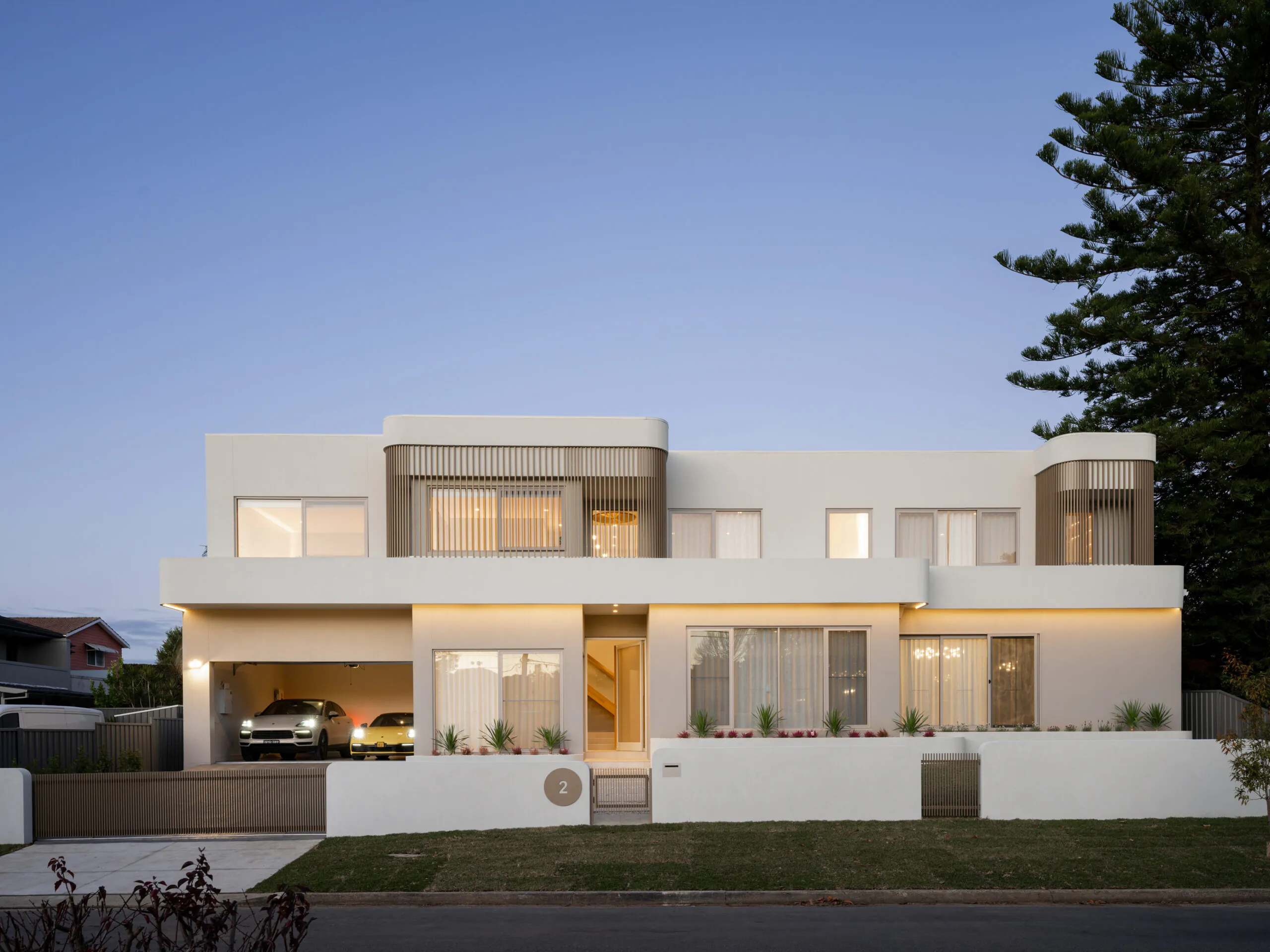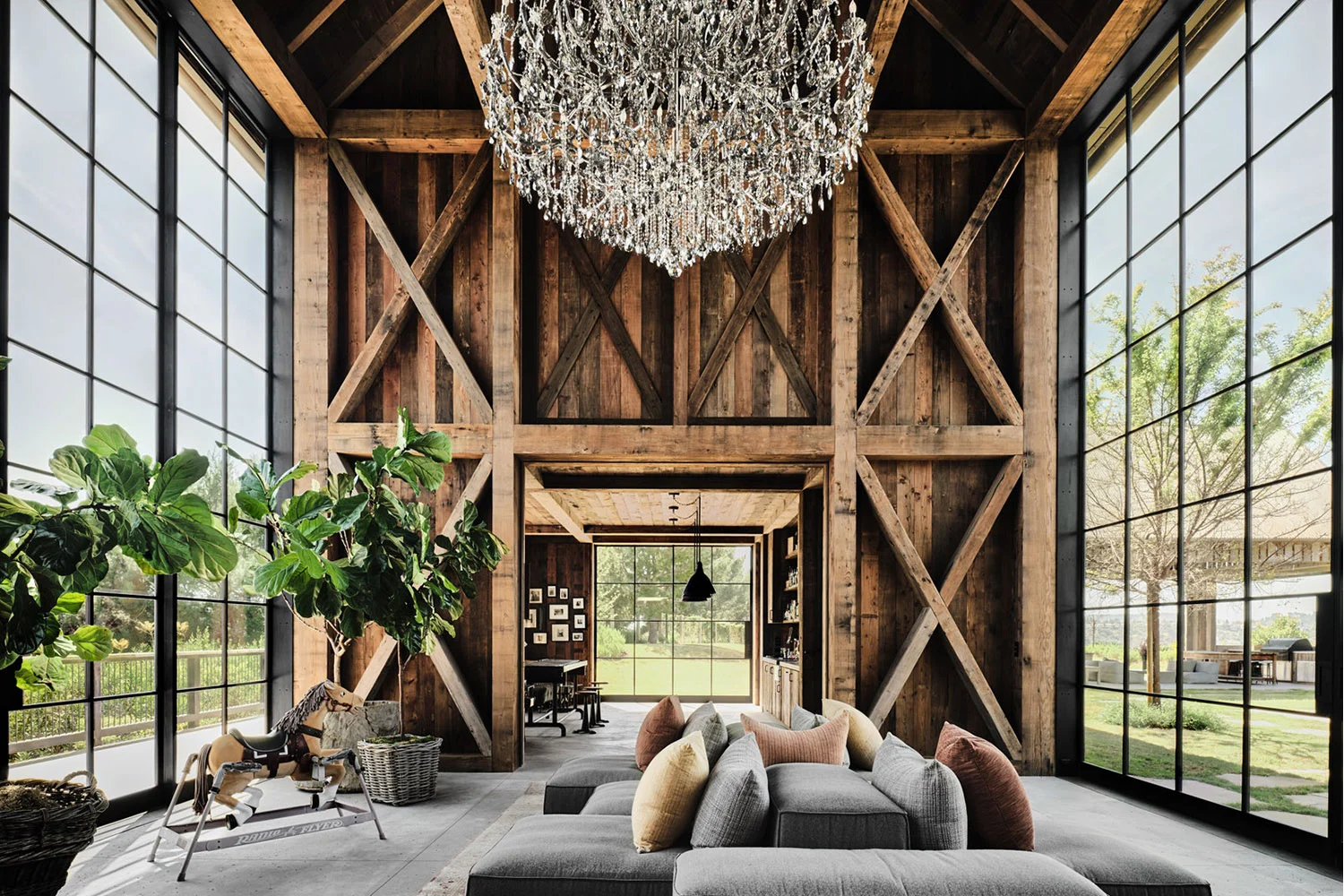Green-Lit at the Junction: Inside Vancouver’s Controversial Three-Tower Approval at Commercial–Broadway
Jun 14, 2025
By a 7–4 vote after six hours of public testimony, Vancouver council has approved a three-tower, 1,040-unit rental complex atop the region’s busiest SkyTrain station. Supporters hail “textbook transit-oriented housing”; critics warn most units will be unaffordable to local renters.
Decision Night: How the Vote Went Down
The Setting
It was nearly midnight in council chambers when the final tally flashed: YES 7, NO 4. Applause erupted among hard-hat-wearing union members; jeers from anti-gentrification activists echoed in the gallery rafters. The project — officially “Broadway Junction” — cleared its last political hurdle.
The Key Motions
Council adopted:
An 18-storey, 24-storey, and 29-storey tower cluster straddling North Broadway and the station bus loop.
1,040 rental units, with 104 (10 %) locked at “below-market” rents for 60 years.
80,000 ft² of child-care, medical, and retail space.
A $34 million CAC package: station-plaza upgrades, a public day-care, and expanded bike facilities.
Critics’ amendment to hike below-market units to 20 % failed 5–6. An amendment for a “right to return” for evicted renters passed unanimously but is largely symbolic — no existing apartment buildings are on site.
The Site: Why This Junction Matters
Commercial–Broadway is TransLink’s crown jewel: 190,000 passenger transfers each weekday, five bus bays, and a layered geometry of Expo and Millennium lines converging in a narrow corridor. The air-rights parcel — a patchwork of city-owned land, a surface parking lot, and three ragged two-storey retail huts — has languished for decades because of complex station-access covenants.
The newly approved form will:
Cap the bus loop with a one-acre public plaza.
Integrate elevators and weather-protected escalators to relieve platform crush.
Realign the 9 and 99 B-Line bus queues.
For planners, it’s a textbook TOD opportunity: density where car ownership is optional.
The Developer Deal
The proponent, TriiCycle Projects (a joint venture between local firm Reliance Properties and pension-fund behemoth QuadReal), purchased a 99-year ground lease on city land for $115 million. In exchange, TriiCycle agreed to:
Deliver 10 % below-market units pegged to BC Housing “CMHC Median-Income” rents, roughly $2,100 for a 2-bed in 2025 dollars.
Accept zero condo strata — 100 % purpose-built rental locked for six decades.
Escrow $34 million in CACs before issuance of the third foundation permit.
Reliance CEO Jon Stovell sold councillors on permanence: “No flips. No strata wind-ups. These towers will remain rental past 2085.”
The Affordability Fault-Line
The Opposition’s Math
Advocacy group RentStrike 2023 unveiled a spreadsheet during testimony: to afford a projected $1,900 micro-one-bed, a renter must earn $73,000 — roughly double the median renter income in Grandview-Woodland. Anything labelled “below market,” they argued, is “market-lite” at best.
City Staff’s Counter
Staff framed 10 % below-market as politically feasible: “Every extra five-percentage-point affordability asks slices project IRR by 0.7 points and jeopardizes lender sign-off,” explained chief planner Theresa O’Donnell. Council’s internal briefing showed TriiCycle offered 15 % below-market if the height rose to 34 storeys — a swap councillors deemed visually unpalatable.
The Income-Test Question
Who gets those 104 reduced-rent suites? BC Housing will manage a wait-list weighted toward households earning 50 %–80 % of median. Critics call that “workforce housing for civil servants, not the displaced poor.”
Zoning, Shadow, and Skyline Debates
Architectural renderings show three offset oval-footprint towers trimmed in terracotta fins, designed by Perkins & Will. Shadow studies reveal winter shading on the frontage of East 10th Avenue bike route for roughly 35 minutes at 3 p.m. — a point hammered by cyclists but dismissed by staff as “minimal.”
Height opponents include the Mount Pleasant Heritage Society, arguing 29 floors will dwarf the 17-storey Lee Building, a protected Edwardian landmark. Council compromise: TriiCycle must fund a $1.2 million 3-D heritage scan and LED uplight restoration of the Lee’s façade.
Community Benefits: Cash, Transit Fixes, and Day-Care Maths
Beyond the $34 million CAC pot:
$9 million in DCCs earmarked for Grandview Park renewal.
$6 million toward a new left-turn bay at Broadway & Victoria to offset intersection load.
72-space childcare with rent-free lease to a non-profit operator for 20 years.
Some residents question why a project perched on a SkyTrain is paying for car infrastructure; traffic engineers insisted bus-loop rerouting will create new congestion hot spots needing mitigation.
Voices From the Microphone
Maria Paredes, renter and single mom: “I don’t need a plaza; I need a rent I can pay on disability. These units are Disneyland.”
Aidan O’Reilly, ironworker: “I helped pour concrete here for 15 years and still drive in from Maple Ridge. Let me live where I build.”
Dr. Wendy Cheng, psychiatrist at VGH: “Patients sleep in vans near Commercial Station. Purpose-built rental close to transit is harm-reduction.”
Elder Harry Cayuga, Squamish Nation: raised unceded-title question but stopped short of legal threat, asking for “naming and cultural wayfinding commitments.”
Councillors inserted a clause mandating Coast Salish public-art features and dual-language signage.
How the Vote Split
Councillor | Party | Vote | Key Comment |
Sim (Mayor) | ABC | Yes | “Housing crisis > skyline aesthetics.” |
Boyle | OneCity | Yes | Secured extra $3 M for day-care. |
Zhou | ABC | Yes | Called TOD “climate action.” |
Swanson | COPE | No | “This is corporate welfare.” |
Fry | Green | No | “Shadow impacts, affordability tokenism.” |
Klassen | ABC | Yes | Labour-union endorsements. |
Bligh | ABC | Yes | “100 % rental is rare: take the win.” |
Dominato | Ind. | No | Sought 20 % below-market. |
Car | Green | Yes | After heritage-scan amendment. |
Dhaliwal | NPA | No | “Traffic modelling too rosy.” |
Kirby-Yung | ABC | Yes | “Holding out for perfect kills good.” |
Final: 7 Yes / 4 No.
Shovels, Cranes, and Jobs: What the Build Phase Looks Like
Phasing Plan
TriiCycle has committed to a four-stage, eight-year construction sequence:
Phase | Years | Key Works | Units Delivered |
Site prep & bus-loop shift | 2026–Q1 2027 | Demolish retail strip, build temp loop on 10th Ave | 0 |
North Tower & podium | 2027-29 | 24-storey rental, daycare, transit concourse | 440 |
South Tower | 2029-32 | 29-storey rental + 2 levels medical office | 360 |
West “Hybrid” Tower | 2031-34 | 18-storey below-market stack, heritage-plaza landscaping | 240 |
TriiCycle says overlapping phases cut two years off total schedule but will require “precision logistics”—concrete pours at night and just-in-time steel deliveries through narrow laneways.
Labour Demand
BuildForce BC projects 1.6 million person-hours on this site—equivalent to 800 full-time construction roles over eight years. The Community-Benefits Agreement signed with the BC Building Trades guarantees:
15 % apprentices and under-represented groups
Living-wage security, on-site mental-health counsellor
$2/hour bonus for shift work past midnight (concrete pours)
IUOE Local 115 estimates 70 crane-operator months—keeping two Liebherr 420s swinging simultaneously atop the podium.
Supply-Chain Risk
Steel-glazing subcontracts hedge 80 % of material at 2025 pricing, but 20 % floats. A repeat of 2022’s 30 % steel spike could blow TriiCycle’s contingency. CFO Cynthia Leung told council: “A nickel-a-pound swing means $4 million to us.” Lenders inserted a covenant: debt drawdowns freeze if construction CPI >12 % year-over-year.
Finance Stack: Who’s Funding This $1.46-Billion Gamble?
Senior construction loan: $925 M syndicated among BMO, Desjardins, and OTTP Realty Finance at Prime + 1.75 %.
Sub-debt: $200 M from QuadReal internal mezzanine at 10 % fixed.
Equity: $175 M Reliance, $100 M QuadReal pension capital, $60 M minority LP from the Caisse.
CMHC MLI-Select take-out: Assumed 50-year, 4.2 % fixed once stabilized.
Reliance says 100 % rental unlocks an MLI-Select insurance premium cut by 35 %, shaving $14 M interest over the loan life. But if lease-up lags, take-out financing costs jump 75 b p.
Regional Precedent: Will Other SkyTrain Nodes Mimic Broadway Junction?
TransLink owns air rights above Joyce-Collingwood, Metrotown, and Brentwood loops. Insiders say the agency waited to see if Commercial-Broadway’s CAC formula passed council before tendering the next two parcels. After the 7-4 vote, RFP packages for Joyce Loop (900 rental units) are rumoured for fall 2025 release.
TriiCycle’s success may also embolden municipalities to demand 100 % rental at transit nodes, ditching condo strata. But developers warn only stations with 50 000+ boardings/day can justify pure rental under current equity hurdles.
Legal Cloud: Could a Court Upend Approval?
Judicial Review Threat
The non-profit Grandview Affordable Housing Coalition has retained Arvay Finlay LLP to explore filing for judicial review, arguing council ignored procedural fairness by refusing to re-open public hearing to consider a 25-page late submission on rent projections.
Legal precedent: B.C. Supreme Court rarely overturns rezonings unless blatant procedural violations. Still, court action could delay enactment by 6–12 months—enough to spook lenders.
Heritage Appeal
Mount Pleasant Heritage Society contemplates a heritage-alteration permit appeal, claiming glare from tower glass endangers the Lee Building’s masonry. City lawyers say heritage-alteration isn’t triggered—Lee sits 110 metres south, outside impact zone.
Next Milestones
Date | Milestone | Risk Flag |
Sept 2025 | Enactment bylaw; sign housing-agreement covenant | Court petition could stall |
Feb 2026 | $34 M CAC payment due | Debt-market volatility |
July 2026 | Demolition/start site prep | Diesel-exhaust protests by “Cedar Warriors” climate group |
Q4 2029 | North Tower completion / first tenants | Lease-up pace amid macro downturn? |
Transformative TOD or Tokenistic Tower Trio?
Supporters frame Broadway Junction as the poster child for carbon-light living: dense homes inches from the region’s biggest transit node. Council’s green majority calls it “climate-forward housing justice.”
Critics see 1,000 studio-and-one-bed units priced for tech workers, not the service-sector backbone of Commercial Drive. For them, a 10 % “near-market” carve-out is lipstick on a gentrification bulldozer.
Reality may land somewhere between. If steel costs hold and rents don’t crash, the project will open by 2029, giving Vancouver its largest all-rental complex in a generation. Whether baristas or teachers can actually afford to live there—or whether the towers wind up another symbol of promises deferred—will be the real test, years after the applause and boos in council chamber have faded.
























